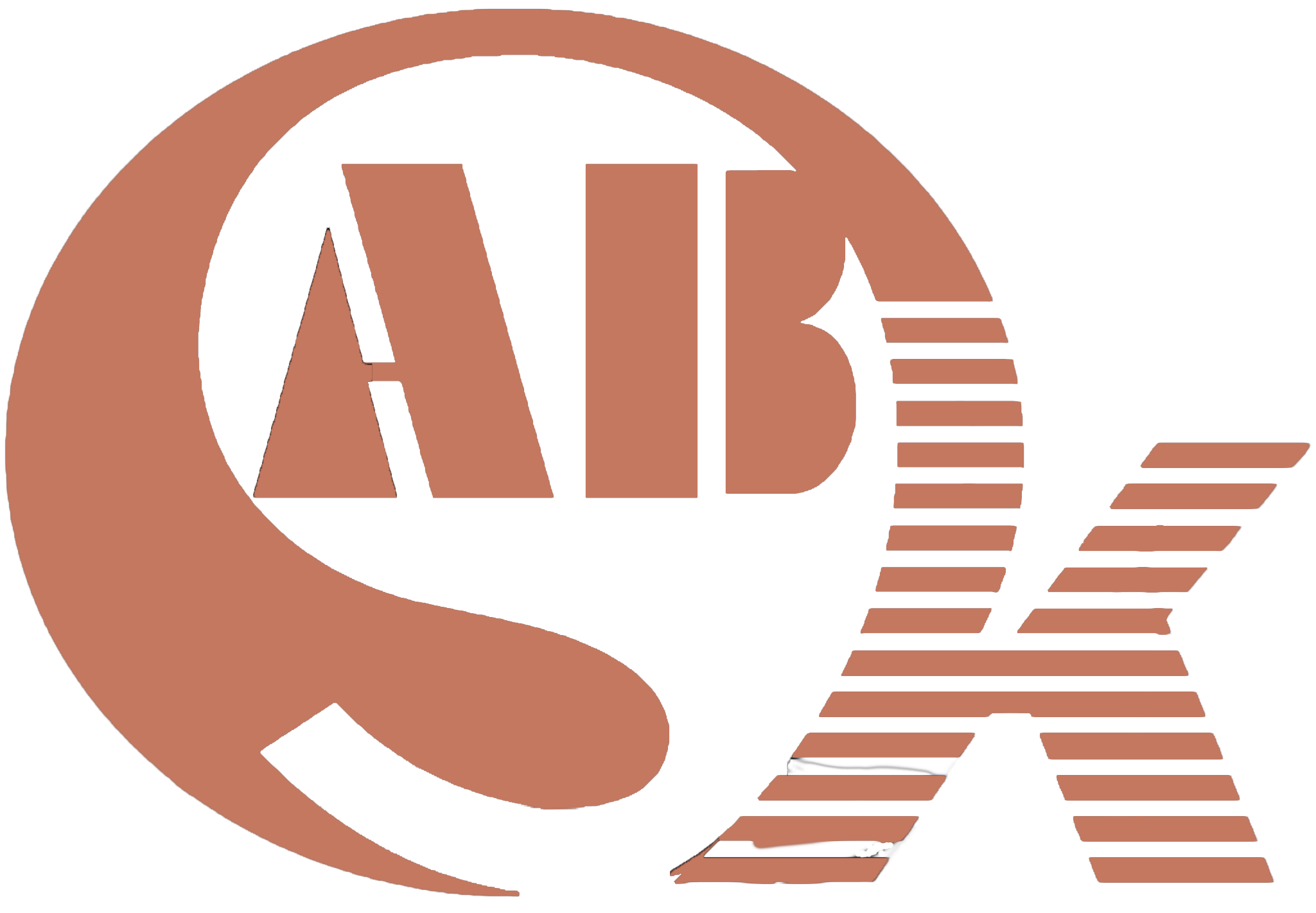Exploring the Diverse World of Welding Auxiliary Equipment: A Comprehensive Guide
In the dynamic landscape of welding, auxiliary equipment plays a pivotal role in enhancing efficiency, precision, and safety across various industries. From fabrication shops to manufacturing plants, the market offers a wide array of welding auxiliary equipment tailored to meet diverse needs and applications. In this comprehensive guide, we delve into the different types of welding auxiliary equipment available in the market, shedding light on their functionalities, applications, and advantages.
- Welding Rollers: Welding rollers, also known as pipe welding rotators, are indispensable tools for welding cylindrical workpieces such as pipes, tanks, and pressure vessels. These rollers facilitate the rotation of workpieces, ensuring uniform welding along the circumference. With adjustable speed and torque settings, welding rollers offer precise control over the welding process, resulting in high-quality welds. They find extensive use in industries such as shipbuilding, oil and gas, and construction.
- Rotary Welding Tables: Rotary welding tables, also referred to as welding turntables or rotary weld tables, provide a versatile platform for welding operations. These tables feature a rotating mechanism that allows for the accurate positioning of workpieces, enabling welders to access hard-to-reach areas and achieve consistent weld quality. Rotary welding tables are widely utilized in metal fabrication, automotive manufacturing, and aerospace industries for welding components of varying sizes and shapes.
- Welding Positioners: Welding positioners are essential for achieving optimal welding positions and angles, enhancing welder productivity and reducing fatigue. These positioners come in various configurations, including tilt and rotate, tilt-only, and rotate-only models, catering to different welding requirements. With a sturdy frame and precise control systems, welding positioners offer stability and accuracy during welding operations. They are commonly used in industries such as energy, petrochemical, and infrastructure development.
- Welding Turntables: Welding turntables, similar to rotary welding tables, facilitate the rotation of workpieces during welding. These turntables are compact yet robust, making them suitable for small-scale workshops and large-scale manufacturing facilities alike. Welding turntables are favored for their versatility and cost-effectiveness, enabling welders to improve workflow efficiency and achieve consistent weld quality across various applications.
- Rotary Weld Tables: Rotary weld tables, also known as welding rotary tables, are designed to support heavy workpieces while providing rotational movement for welding operations. These tables offer stability and precision, allowing welders to work with confidence on complex welding projects. Rotary weld tables are widely used in industries such as automotive manufacturing, metal fabrication, and structural engineering for welding components requiring intricate positioning and alignment.
In conclusion, welding auxiliary equipment plays a crucial role in modern welding processes, offering versatility, precision, and efficiency across diverse industries. Whether it’s welding rollers for cylindrical workpieces or rotary weld tables for complex assemblies, investing in the right auxiliary equipment can significantly enhance weld quality, productivity, and cost-effectiveness. As industries continue to evolve, the demand for innovative welding solutions will continue to drive the development of advanced auxiliary equipment, empowering welders to achieve greater success in their craft.
